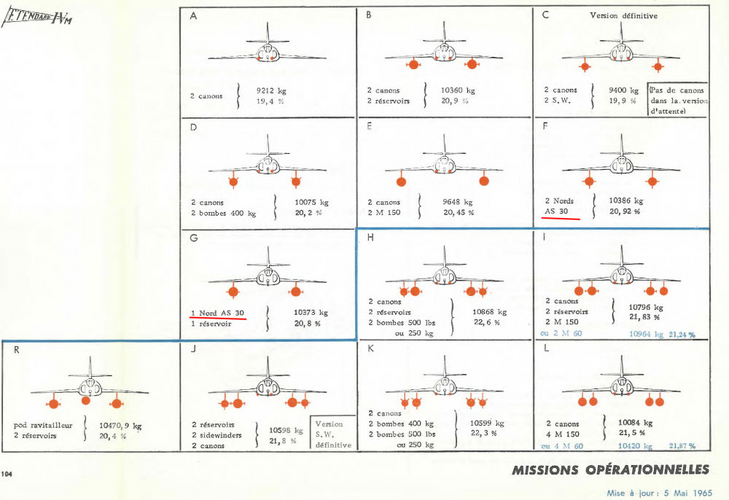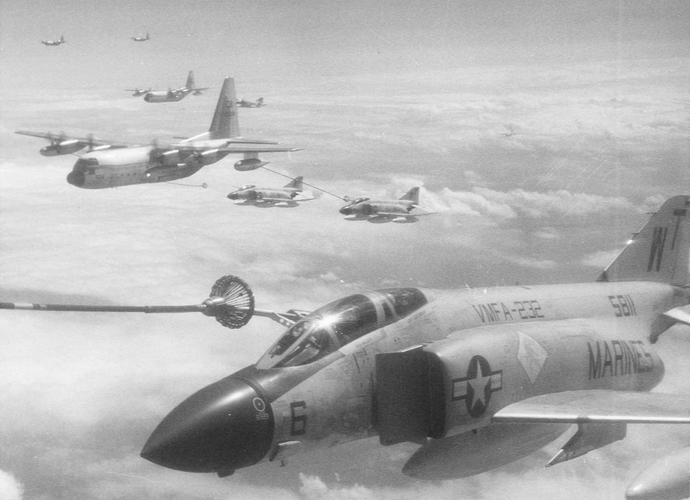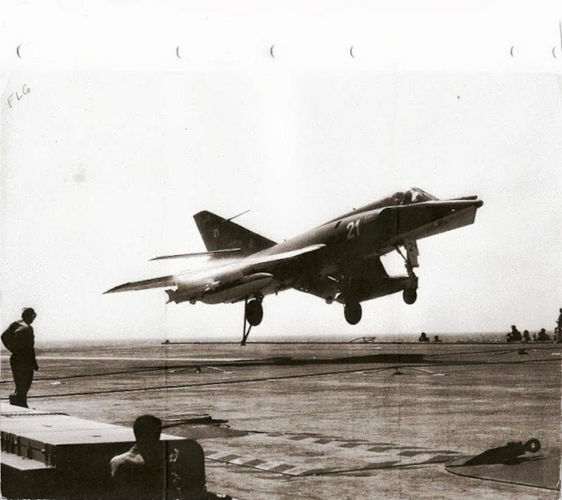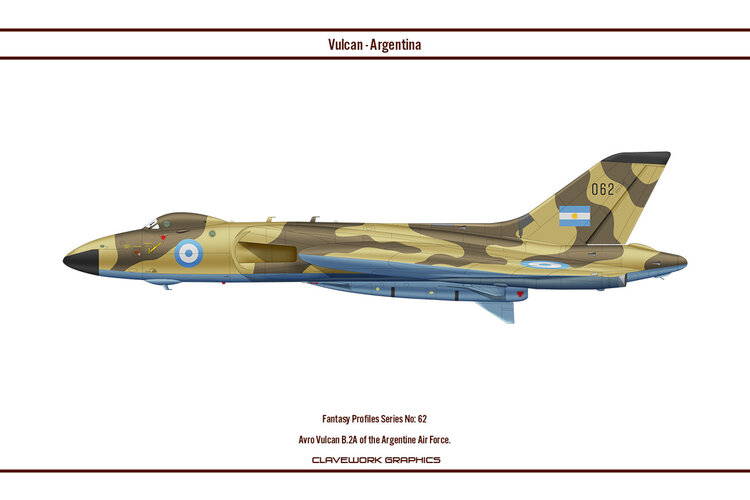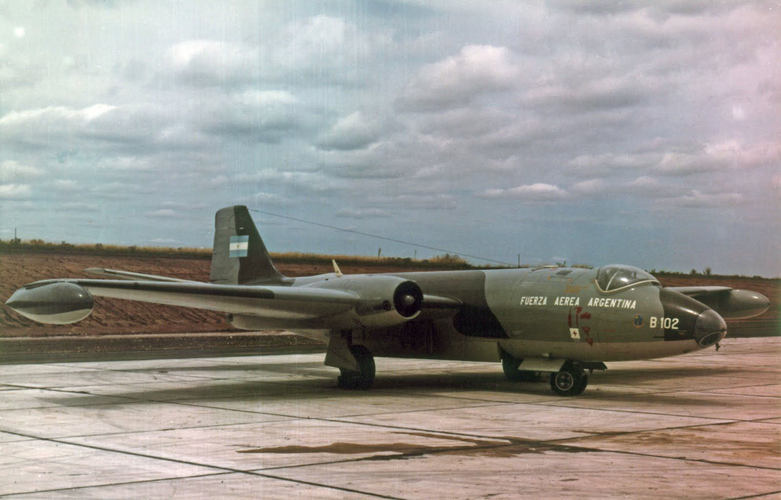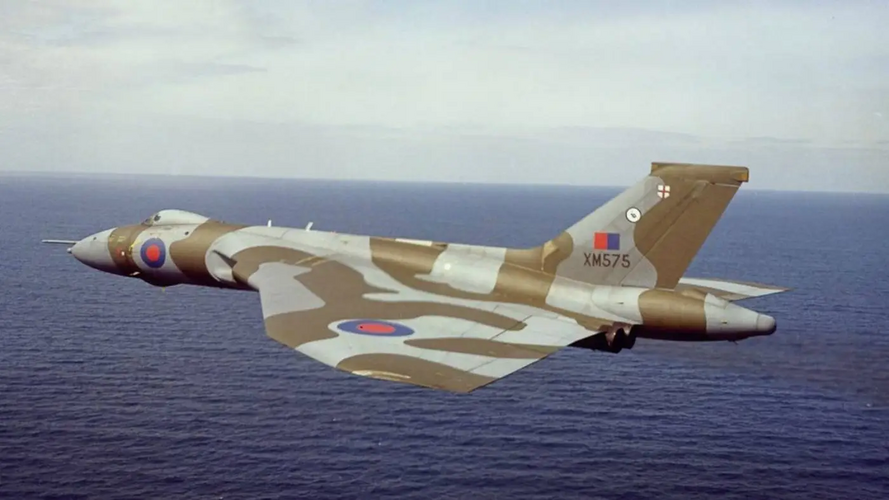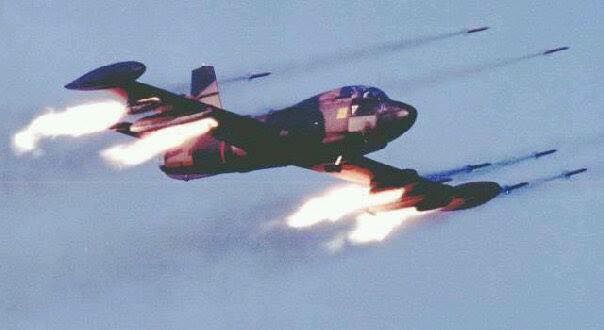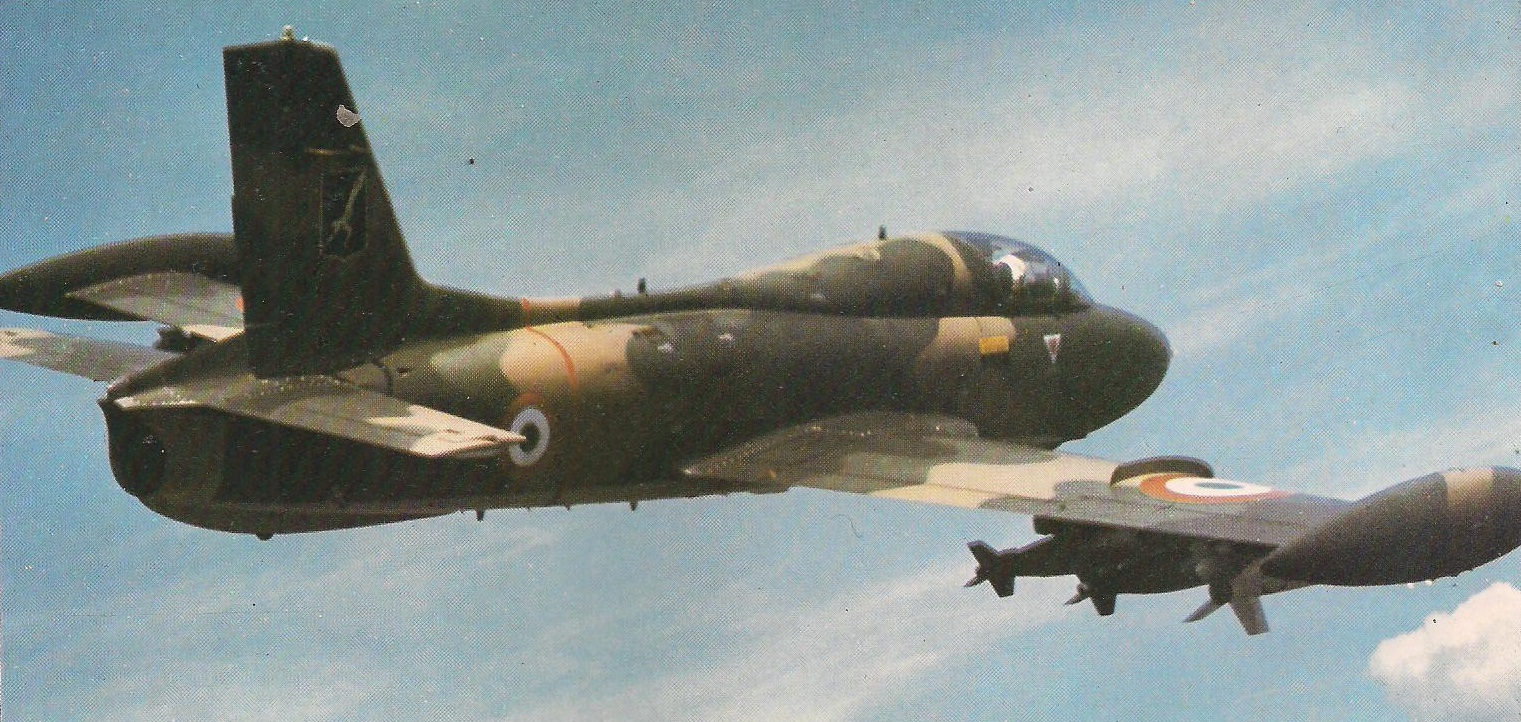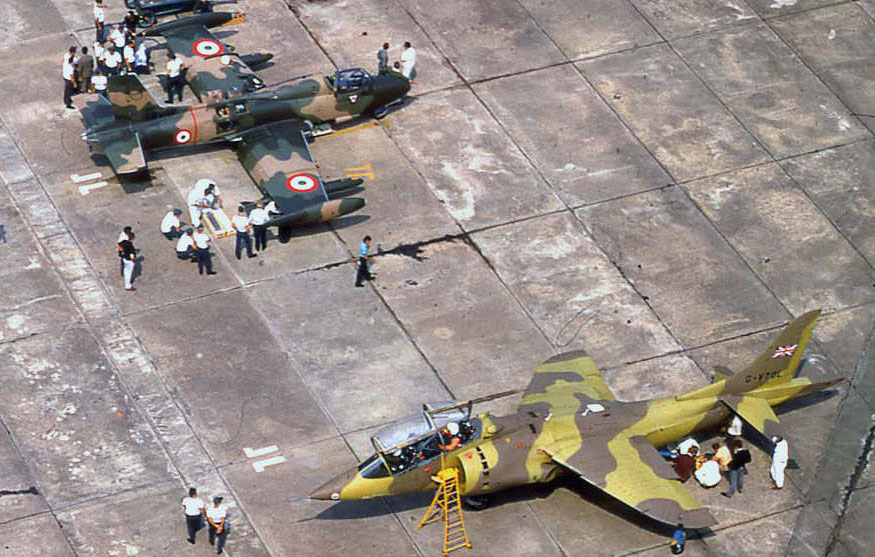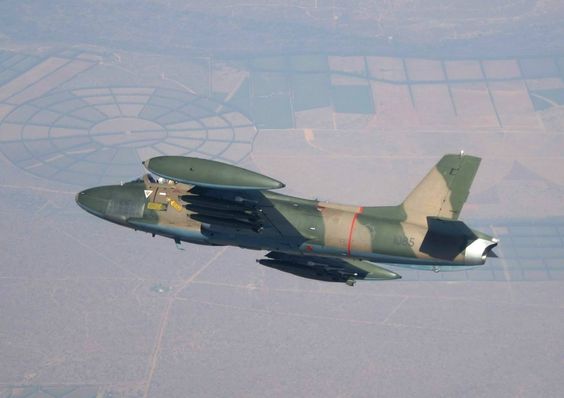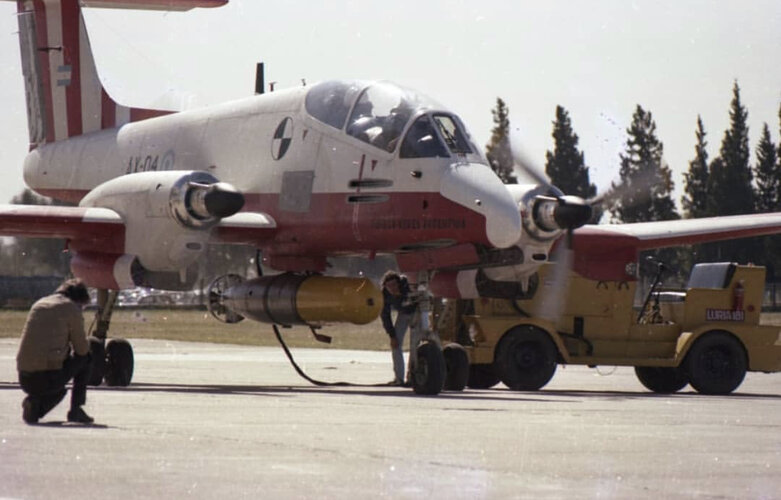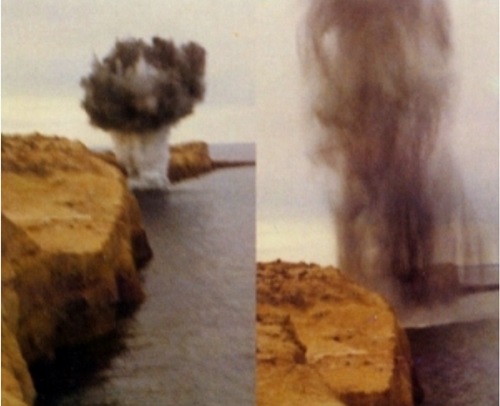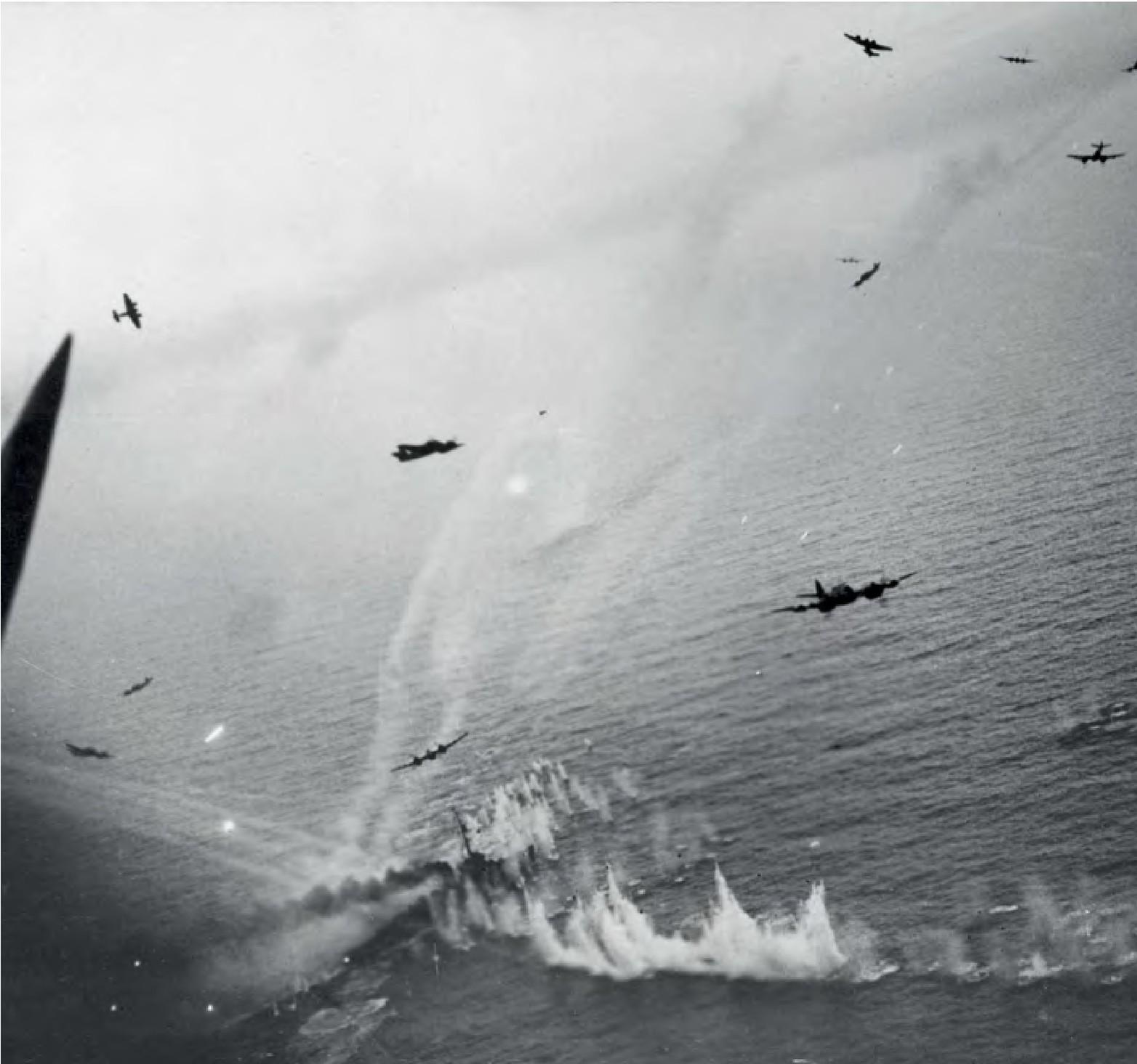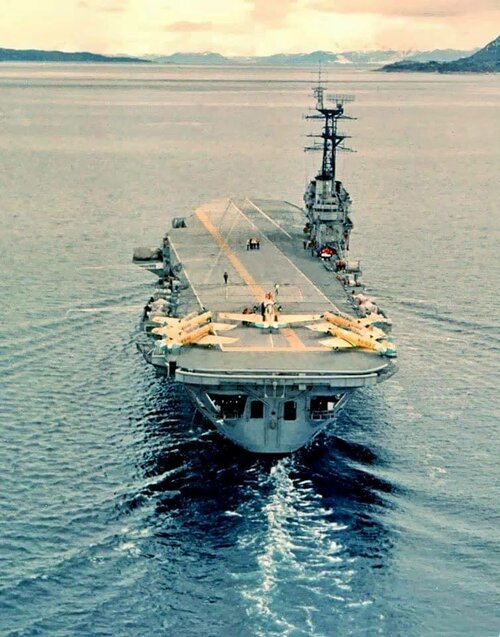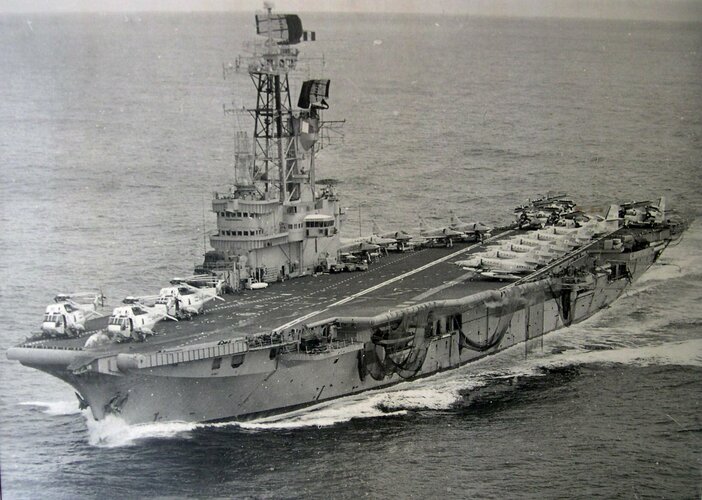Saturn_I
ACCESS: Restricted
- Joined
- 22 June 2023
- Messages
- 5
- Reaction score
- 8
IIRC, the Mirage III and V couldn't refuel from the C-130 because the formers' speed would have been too low to refuel safely (I could be mistaken though). Even if that wasn't the actual reason, the AF planned to convert a B-707 into a KC-707 instead of using the C-130 for both the Mirages and A-4s. Then of course that never happened.One last thought on the IFR Mirage options, when did Peru received their IFR capable Mirage-5P3? Just to make an idea of the timescale.
Also, could the KC-130 not refuel IFR capable Mirage F1 or 5, and if so, why not? Both the Mirage types as well as the american aircraft mentioned above, F-8 and F-100 are probe-equipped.
The A-4Q also came with buddy packs, so even if the 2 KC-130s weren't available for any reason, there could have been an A-4 ready to support the Etendards on their mission.I don’t think that the Etendard could reach the Islands with the AS-30
The missile use the inner pylon, so 1 missile an 1 drop tank, max
You are correct, the Etendards would need buddy refueling or bigger tanks from Super Etendards (1,100L), A-4s (1,135L) or Mirage IIIs (1,300L). Not completely implausible… in fact bigger tanks (1,500L from memory) were tested during the Etendard IVM’s early catapult trials.
I have some pilots manual info on the Etendard IVM’s fuel consumption and can run the numbers.
That would have made the biggest difference. In the late 60s, a secret military directive specified the responsibilities of each Armed Force. Among other things, it forbade the Air Force from engaging in anti-ship warfare, as that was the responsibility of the Navy. As a result, in April 1982 the AF was completely unprepared to fight at sea, either in terms of equipment or training (though they learned very fast).The Argentinians didn't need better/different planes, they needed more/better weapons, give them the original order of 30 Exocet and working bombs and its a whole new ball game.
Without that directive, I'm sure the AF would have bought a proper plane for anti-ship missions (maybe the F-1 with Exocets, who knows), or at least equipped its aircraft with a good nav system and appropriate bombs.

